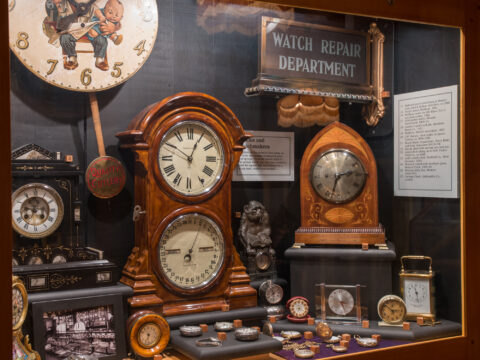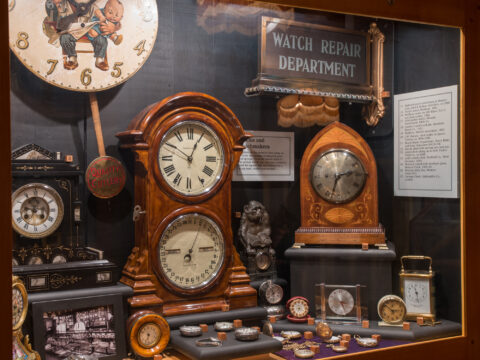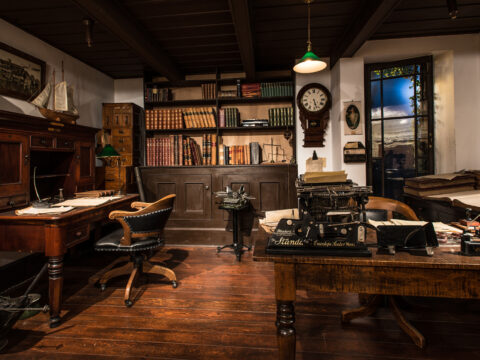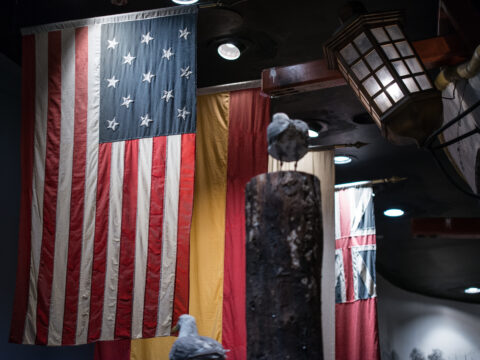
1In 1 playlists
"This soundscape is about the impact of time, and how it can serve as a
reminder for us. Time is studied in both cultural and social contexts,
and there is something special about being transported to another time
or place through music."

1In 1 playlists
You can find the watch and clocks display on the second floor of the Grand Hotel in Old Town.

1In 1 playlists
"This two minute long soundscape is an ominous piece about time,
speaking to the distance of the past and the uncertainty of the future."

1In 1 playlists
You can find the watch and clocks display on the second floor of the Grand Hotel in Old Town.

1In 1 playlists
"Upstairs in the Grand Hotel in Old Town there's an abandoned office
that was once full of activity. Listen carefully and you will hear
sounds made by the people who worked there 100 years ago; impressions of
past lives and old memories. Ghosts of former office employees float
through the room and go about their business."

1In 1 playlists
You can find this Office diorama on the second floor of the Grand Hotel in Old Town.

1In 1 playlists
"America is seemingly a country that allows people to gain fortune,
wealth and achieve success. However, what measures do they need to take
in order to bring their dreams to fruition? . . . It can offer many great things however there are hardships, barriers, pitfalls and uncertainties along the way."

1In 1 playlists
You can find this American flag to the left of the HMS Discovery at the entrance of the Becoming BC exhibit.
